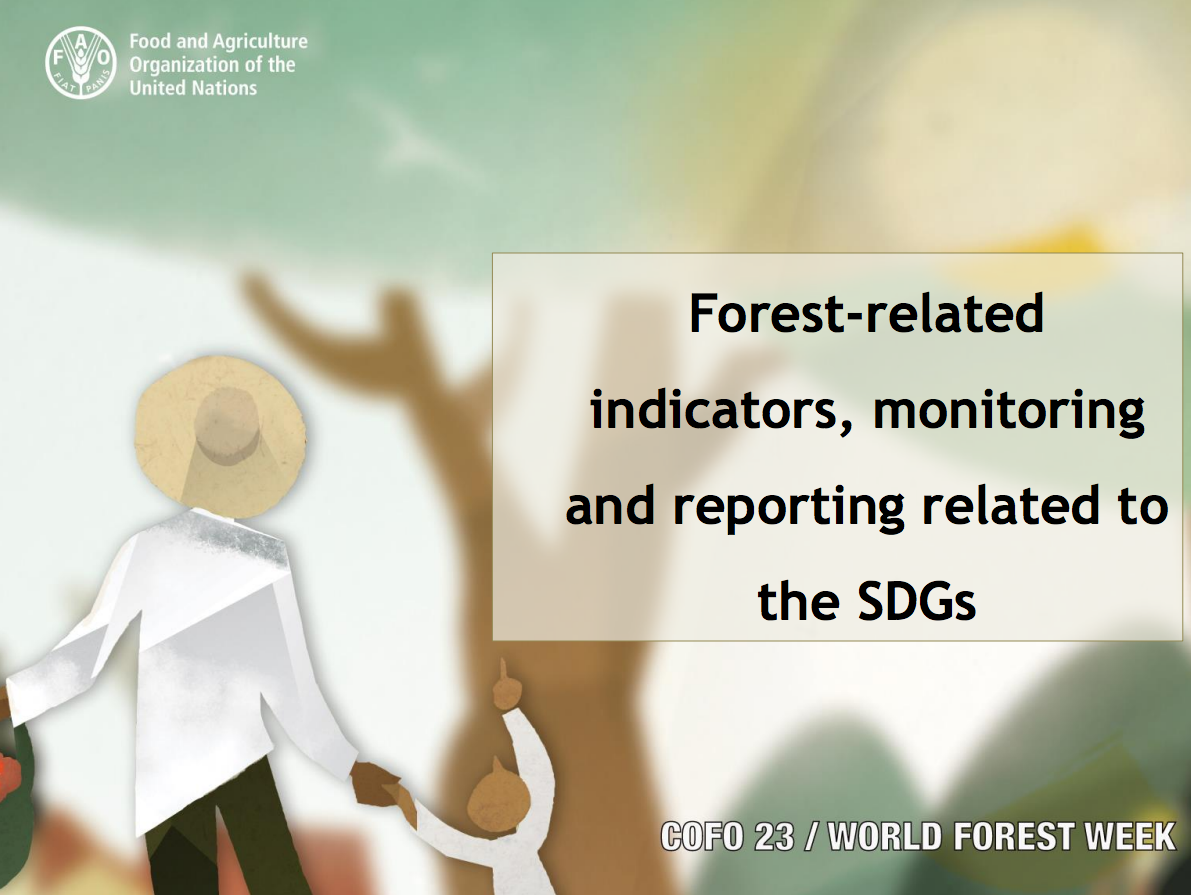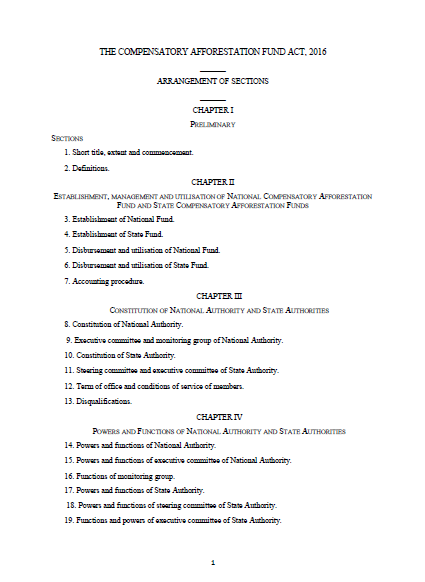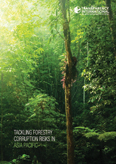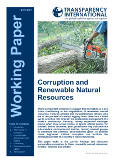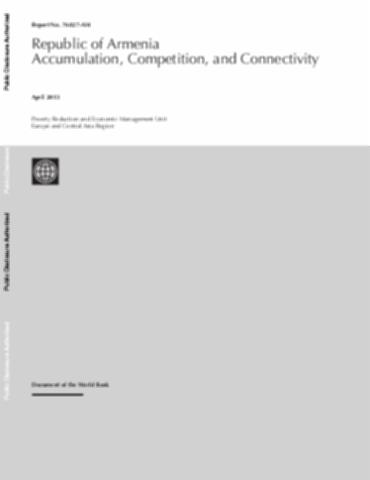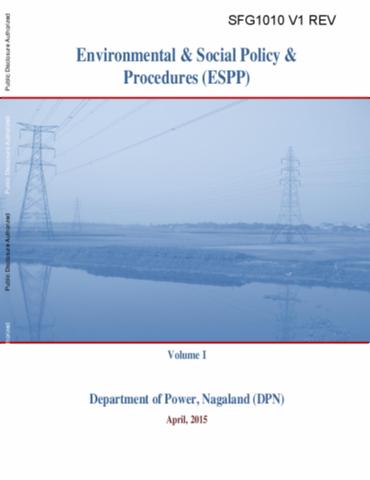Forestry and forest history
Az erdőgazdálkodás az erdők fenntartásának, művelésének, sokoldalú, tartamos hasznosításának az alapja. A Föld lakosságának gyarapodásával a történelem folyamán együtt növekedett az embernek az erdővel szemben támasztott igénye. Az igények kielégítésekor hamarosan kitűnt, hogy ezek teljesítésének lehetőségei szigorúan behatároltak. Hosszú távon, tartamosan (fenntarthatóan) akkor nyújthatja az erdő a gazdasági, társadalmi élet számára a legtöbbet, ha az adottságainak megfelelően gazdálkodnak.


